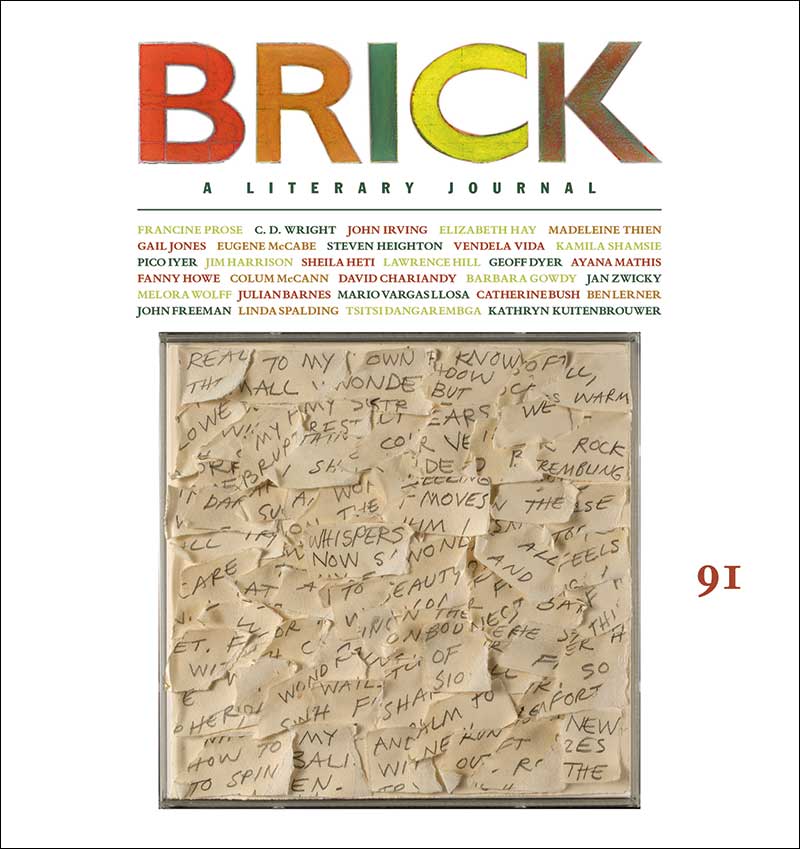At the end of James Baldwin’s Go Tell It on the Mountain, after a dusk-to-dawn prostration before God at the altar of his church, John, the fourteen-year-old protagonist, gives his soul to Christ. On the penultimate page of the book, he says, “no matter what happens to me, where I go, what folks say about me, no matter what anybody says, you remember—please remember—I was saved. I was there.”
The book’s title is taken from a spiritual of the same name. “Go, tell it on the mountain, Over the hills and everywhere . . .” I remember the lyrics from my Pentecostal childhood, as Baldwin surely remembered them from his youth in the church. He was a teen preacher before falling out of his faith and into his genius. Not that the two are mutually exclusive, though I used to believe they were. Go Tell It on the Mountain isn’t sparing in its critique of that old-time religion. Young John, along with his preacher father and the rest of their family, is a member of the Temple of the Fire Baptized. The name says it all. Their belief is the scope and project of the characters’ lives. They are, in the Pauline sense, the church. They suffer for it too: the prohibitions on their behaviour are numerous (dancing, drinking, watching films, etc.); their transgressions are punished swiftly and publicly. In Baldwin’s book, the blood of Jesus doesn’t cleanse so much as it sanctifies the characters’ hypocrisy and assorted cruelties. Even in its most benign form, religion is merely succour for the wounded, easy comfort for the humiliated and defeated. Yes! I thought when I first read Go Tell It on the Mountain, when I was young and desperate to excise any trace of my former faith, when I wanted more than anything to prove the church a grand hoax. But in my zeal, I missed the novel’s nuance, its complex interpretation of John’s experience. Even when belief is discarded, as was the case in Baldwin’s life and in my own, to a lesser extent, the experience of the church is indelible. A child in the pews is witness to the whole muddle and drama of humanity: implacable women sobbing at the mercy seat, congregants speaking in tongues. I remember my grandfather weeping, his hands raised in supplication, “Help me, Jesus.” As sincere and pained a plea as I have ever witnessed. The church taught me this: something in us reaches and reaches. Our humanity comes up against the wall of its unknowing and leaps—toward love, toward saving itself from despair, toward science and art.
John’s lines imply he will leave the church. Though he is not aware of it, his newly gained joy and salvation are already receding. There is such grace in Baldwin’s ending—John will reject the cruelty and narrowness of the Temple of the Fire Baptized, but the transcendent beauty of his experience will remain with him, what is most valuable will remain. Like Baldwin himself, John was there.
Ayana Mathis’s first novel, The Twelve Tribes of Hattie, was published by Knopf in 2012 and HarperCollins Canada in 2013. She lives in Brooklyn, New York.
